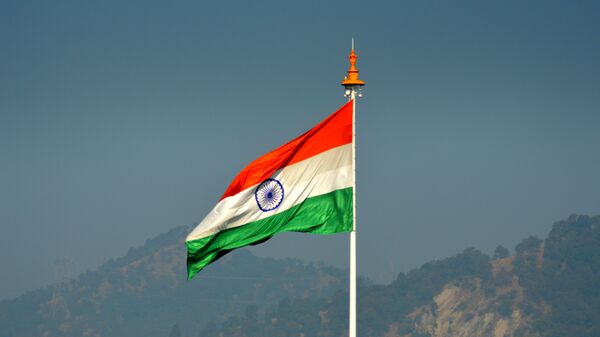Southeast Asian nations, such as Vietnam, have often been cited as winners in the trade shifts amid trade tensions between Washington and Beijing. India could be a beneficiary too, experts suggested.
″India could increase its trade footprint in the midst of the US-China trade conflict, particularly under categories on which US has imposed tariffs on China,” Radhika Rao, an economist at Singapore bank DBS Group, wrote in an August report.
“Apart from trade, diversion in investment flows is an opportunity that India could benefit from, as manufacturers seek alternative origination destinations,” Rao added, implying it could attract foreign investments into the country.
India’s share of the global export market is relatively small - only 1.68% of world trade in 2017.
Rao told CNBC in an email that pharmaceutical, chemicals and engineering sectors in India could benefit from the trade war most. India is already competitive in these industries globally and will likely be well-placed to meet further demand in these areas, she noted. The Indian economy could benefit by $11 billion from the trade shifts, Rao wrote in the report, citing estimates by the United Nations Conference on Trade and Development.
India’s pharmaceutical industry supplies over half the world’s vaccine demand, and 25% of medicines in the United Kingdom, according to a July 2019 report from the India Brand Equity Foundation (IBEF). In terms of engineering, India also was named the world’s 12th largest producer of machine tools in 2017, a separate IBEF report said. The country also exports more than 60% of its engineering goods to the US and Europe.
The manufacturing sector may benefit too — particularly the textiles, footwear and electronics sectors, as exports from the US and China will become more expensive as the tariffs rise said Rajiv Biswas, Asia Pacific chief economist at IHS Markit, in an email.
“India may be able to benefit from this trend over the medium term, with global manufacturers increasingly focused on the rapidly growing Indian domestic consumer market,” Biswas said.
Businesses in India face two key challenges: land laws and labour regulations. Land laws are the “biggest hurdle” for manufacturing and infrastructure development, said Societe Generale economist Kunal Kundu in a note to CNBC. Current land laws make it difficult for the private sector to obtain space for manufacturing units as land ownership is fragmented across several states, and companies need extended periods of time to obtain land, or bypass legal issues that may crop up, he said.
Another problem is that labour laws in India are “extremely complex,” noted Kundu. They comprise about 40 acts and companies are required to adhere strictly to all of them. This makes it difficult for manufacturers. The infrastructure could also be a problem, as it would require connecting manufacturing plants to proper roads and ports, as well as ensuring that power is available.
“India needs to move fast, through innovative policies and clear focus on infrastructure development ... But (a) lot more remains to be done and done urgently,” Kundu said.




